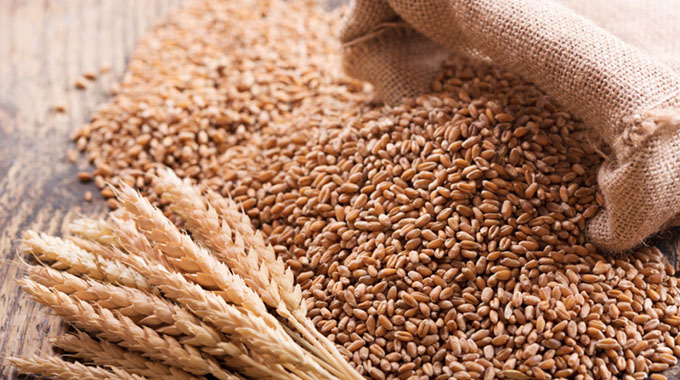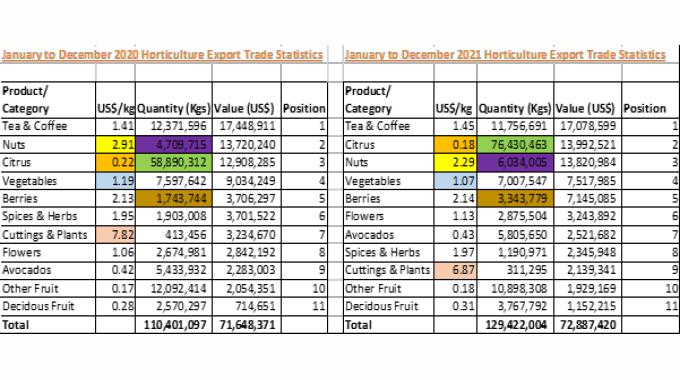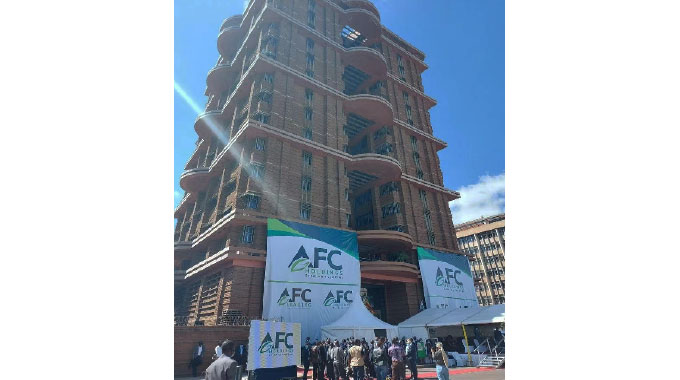Achieving wheat self-sufficiency pays off

Edgar Vhera Agriculture Specialist Writer
THE country spent US$112, 6 million on imports of various wheat products from January to November 2022 marking a 15 percent increase from the US$97, 6 million recorded for the same period in 2021.
Statistics from the ZimStats show that the volume of imported wheat products went 11 percent down from 210 million kilogrammes in 2021 to 186 million in 2022.
The average price rose 30 percent from US$464 per tonne in 2021 to US$602 in 2022.
The country managed to achieve wheat self-sufficiency and its twinning goal of import substitution.
As wheat is a rotational crop planted in winter soon after the harvesting of summer crop in April/May, there is need to ensure that it is planted early for high yields.
Planting early has the added advantage that the crop is not affected by rains, which affect its quality.
It is therefore critical that the Government announces the wheat pre-planting producer price early for farmers to make informed decisions.
Inputs must be easily accessible to farmers at the earliest possible time. The most common rotations in wheat production are maize – wheat – maize or soya bean – wheat – soya bean. It is therefore prudent that the Grain Marketing Board (GMB) pays farmers promptly upon delivery of maize or soya bean. On the other hand, when wheat is produced there is need for the prompt payment of farmers. This will allow them to make adequate preparations for the summer season.
Experiences of last year where some wheat farmers were not paid on time need to be resolved so that they don’t dent chances of increasing wheat hectarage.
Headlands A2 wheat farmer Dr James Chipunza said: “My advice to Government is that the Grain Marketing Board (GMB) must swiftly pay farmers upon delivery of their wheat, as they need to plant other summer crops and still retain excited to produce wheat in future. The CBZ Agro-yield also needs to offer farmers subsidised interest rates, as their loans are expensive.”
Another farmer who requested anonymity said he had abandoned wheat farming in the past due to electricity challenges but that changed the last three years when the issue was resolved.
“As long as we have electricity, low-cost water and paid promptly upon delivering our produce, we will expand production next year,” said the farmer.
Another farmer cited Government policy support in terms of lucrative producer prices, good agronomic practices and contract farming as the game changers in the farming business.
Wheat is the second most important cereal crop after maize with an annual consumption of between 340 000 and 360 000 tonnes.
In the past the country used to import 80 percent of wheat annually, necessitating the Government to take action on increased local production as an import substitution drive.

Wheat production trend: Ministry of Lands
Government policies on import substitution, announcement of lucrative pre-planting producer prices as well as the call for private sector players to source at least 40 percent of their annual raw material needs from local farmers through contracting, joint ventures and corporate farming, saw area under wheat production increasing from 24 186ha in 2019 to 80 885ha in 2022.

Annual wheat hectarage: MLAFWRD









Comments